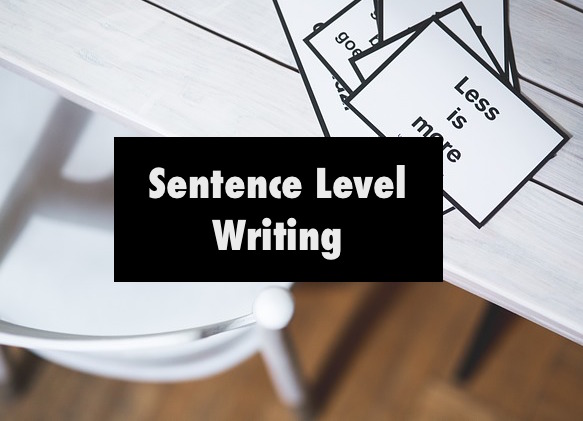Getting students to write essays can be a nightmare. But it sure isn’t a mission impossible. Many learners want to learn to write, but they don’t know where to begin with. It feels too much for them.
But,
If we can help break things down into LITTLE STEPS for them, it might not actually be that scary for them.
Hence, we see teachers introducing this all the time:
Introduction > Body > Conclusion
This is a great start for learners from all levels. We break an essay into three major parts. And then we plan our content from there.
BUT, That is also where the problem comes.
We think it’s enough but often it is still too vague for the learners.
“Yes there are the head, body and toes in my essay, but what do I put in my body?”
So I always put my hope into introducing the WH-questions, hoping they will get it. Lucky for me, some learners got it.
But, Some just didn’t have the language to start writing sentences.
Using this WH-questions to elicit ideas is an amazing step. However this is where many teachers stop. Some teachers would actually list down a sets of questions so learners could answer them and put them together in a paragraph. And it would probably work. For that ONE TIME ONLY.
I learn this from my own experience. Learners produced essay with great sentences after using my questions but failed to do so on other essay writing tasks. (they are of different topic).
How many times do you think you need to put up the list of questions before learners can work independently?
So, I decided I would go the other way round and see if it worked.
So far, it’s showing POSITIVE signs and I feel like I’ll stick with it until I find another good trick.
So Here’s how I would go with my routine:
STEP 1: Topic oriented + Offer part of the sentence + Ask for the rest of the sentence.
For example,
1.

2.

3.

Emphasise that everything they write has to be a FULL SENTENCE. You can repeat this as many times as you want until you feel that they get the hang of making simple sentences and how they can start a sentence.
STEP 2: Once they got that part, you can go ahead and ask them to group them into different parts of ‘body’

With your effort to introduce them the head and toes, they will now be able to see the structure in writing. Showing them this after they have successfully built their own sentences actually help them to make sense better and feel less intimidated by the idea of writing essay.
What I found have worked for me is, when learners were asked to write a different topic, they were able to then come up with simple sentences after some practises of completing sentences. I would constantly remind them to go back to the notes to see what they can take or change to put in their new writing. I also like to get them to use connecting words to keep thing organised.
I don’t know if you agree with this, but if you don’t , share with me what you feel is more effective?
Write to us at pt3english@yahoo.com or pm us at PT3English Facebook Page.







2 thoughts on “Sentence level practice is not important? THINK again.”
You have indeed inspire me on how to teach the students to write better.
Your comment just made my day Fariza! We have a Facebook Page ‘PT3English’. Check it out 🙂